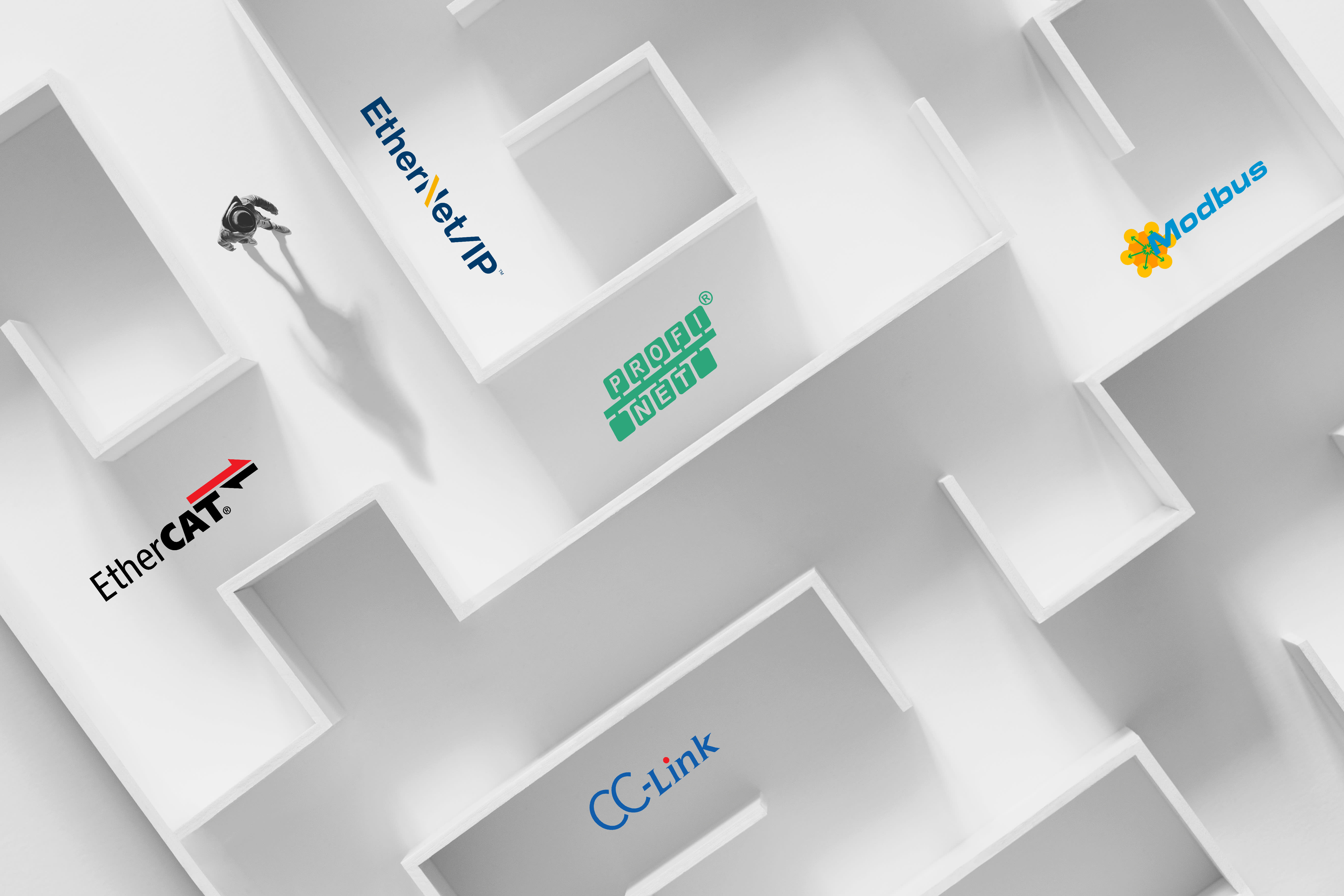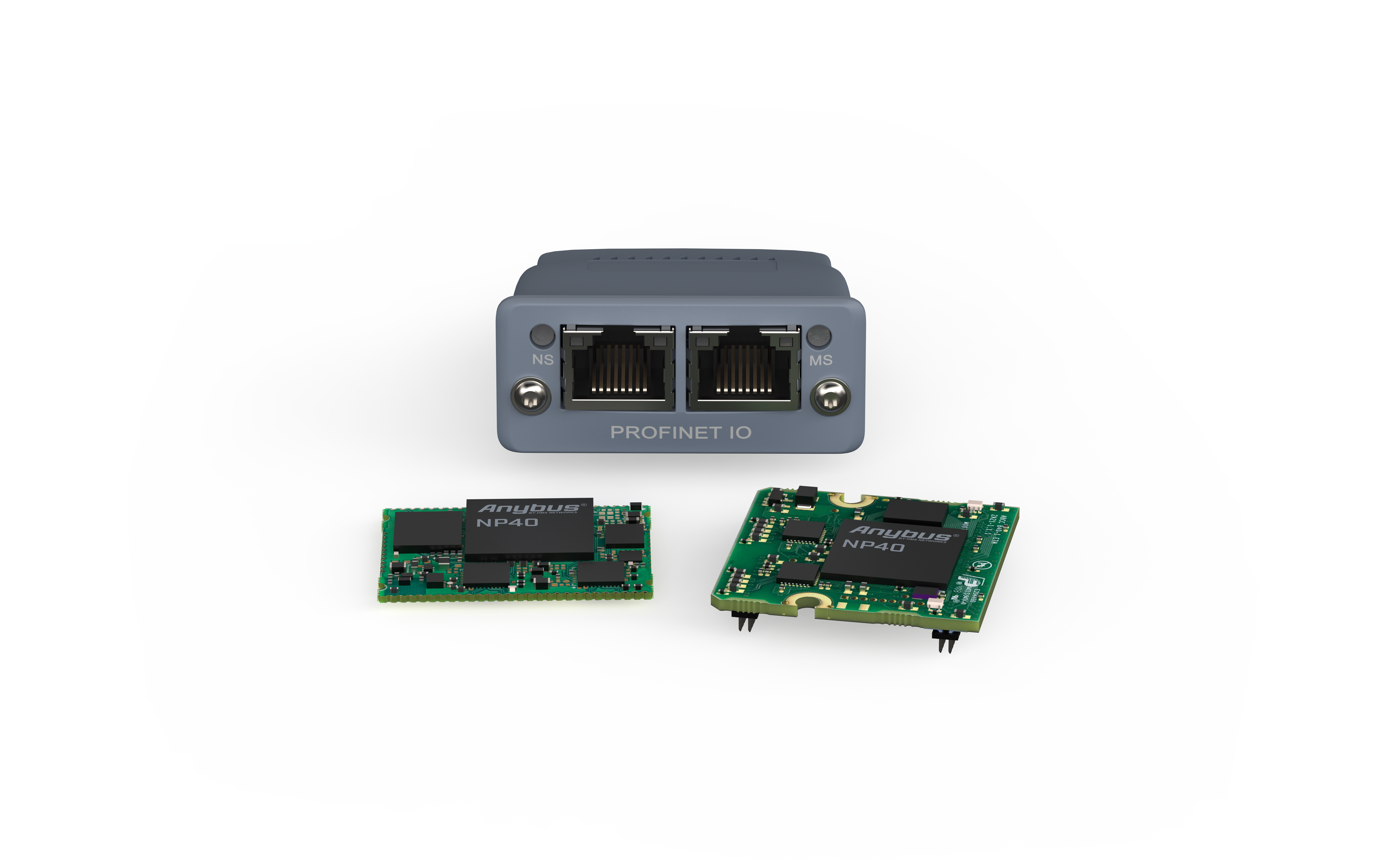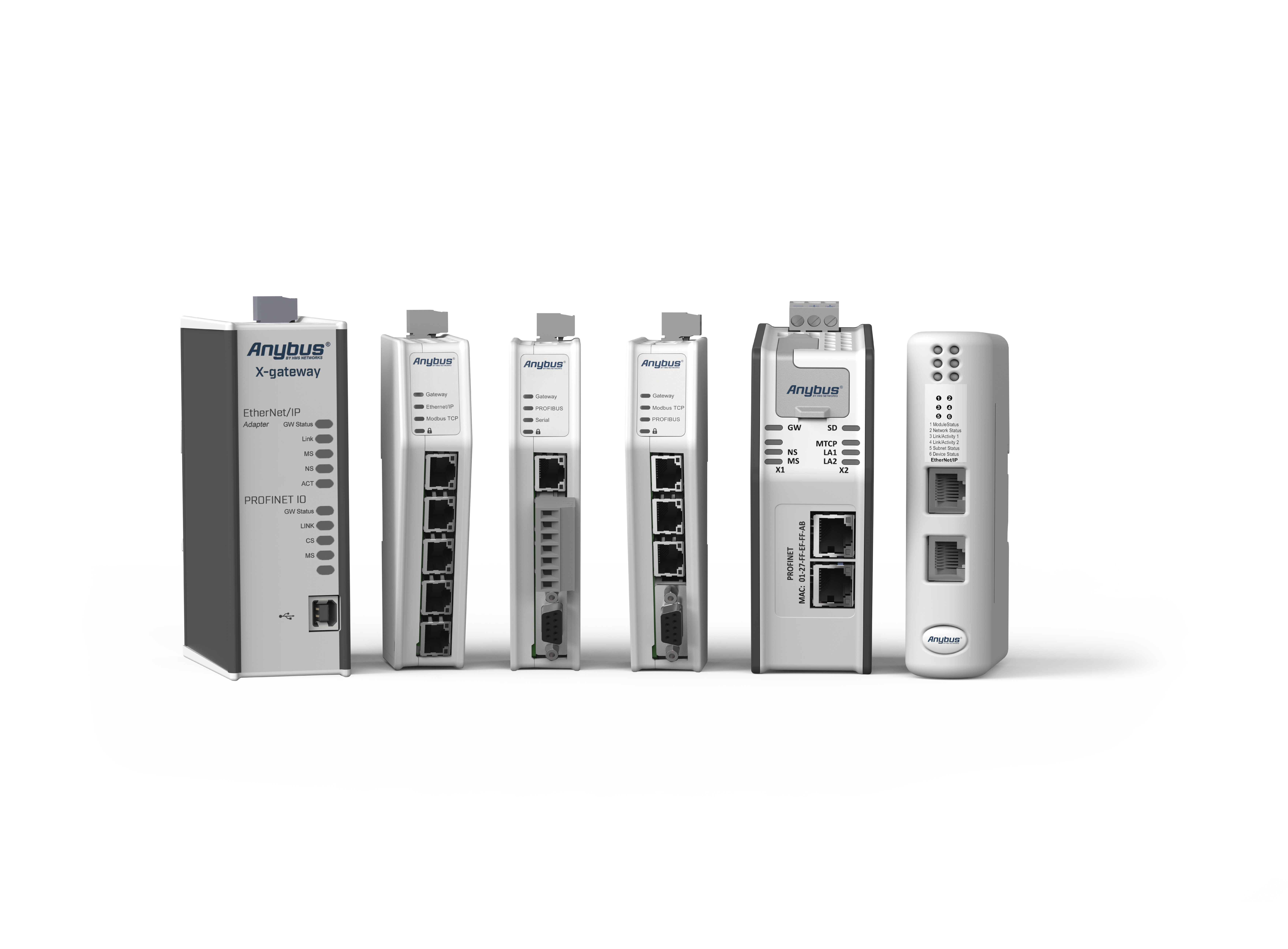In the world of industrial automation, asking “What is the best industrial network?” is a bit like asking a room full of Italians what the best pasta is. You’ll get heated arguments, passionate defenses, maybe even a fight, but you won’t get a single answer.

Yet it's a central question product managers, automation engineers, and operation managers constantly debate. Industrial networks are the nervous systems of our machines and factories. Selecting the wrong one can delay a launch, complicate integration, or lock you into a vendor ecosystem for decades.
So, is there a winner? A gold standard? One protocol to rule them all?
Not quite. But maybe that's not the point.
As we’ll explain in this blog post, the real key isn’t picking a single best, it’s choosing flexibility, openness, and readiness for change.
While each industrial communication protocol brings its strengths and quirks, there are four universally critical areas where (the rubber meets the road) to measure the strengths of network technologies.
While the core performance criteria are critical, two evolving forces have redefined what “best” means: cybersecurity and digitalization.
Cybersecurity: The invisible backbone
In an age of ransomware attacks and nation-state cyber threats, industrial networks can no longer afford to be open doors. Standards now evolve with encryption (TLS), access control (roles, certificates), and traffic filtering.
Protocols like CIP Security (for EtherNet/IP), Modbus Security or PROFINET Security Classes show how mature standards are adopting IT-style protections. Firewalls and secure gateways are no longer optional, they’re essential.
And let’s not forget segmentation. A flat network is a vulnerable network. Protocols need to support VLANs, subnetting, and access zones.
Digitalization: from sensors to the cloud
Collecting massive amounts of information from the plant floor to increase quality and efficiency is key for competitivity. And networks are the data highways enabling it.
Protocols that support IT/OT integration, like OPC UA, MQTT, or those embracing Time Sensitive Networking (TSN) - are more than buzzwords. They're the foundation for smart analytics, remote maintenance, AI-based optimization, and edge computing.
OPC UA, with its vendor-neutral architecture and semantic richness, leads the way in bridging automation and enterprise IT. MQTT is simple and effective, ideal to extend this data path to cloud-based applications.
Takeaway: The best networks don’t just move packets. They enable progress.
With all that in mind, you'd think the industry would have converged by now on a single dominant industrial network. It hasn’t.
Why? Because the real world isn’t uniform:
And here’s the clincher:
According to the latest HMS Networks Industrial Network Market Study, the global market is still deeply fragmented. Over 20 protocols hold meaningful market share. Ethernet-based networks are growing, yes - but no clear winner dominates.
Takeaway: It’s not a winner-takes-all race. It’s a multilingual dance floor. Pick one language, and you're guaranteed to miss out on a lot of great conversations.
So what’s the smart move? Stop chasing the "best" and start enabling the rest.
The best-performing industrial teams treat networking like logistics: it’s about compatibility, adaptability, and long-term resilience. They don’t just select a network - they prepare to interface with many.
This flexibility pays off in:
Takeaway: Don’t fall in love with a network. Fall in love with the idea of communicating freely.

This is where HMS Anybus comes in - not to pick a side, but to remove the problem altogether.
Anybus doesn’t tell you what to speak. It helps you speak everything.
Anybus CompactCom
For device manufacturers: plug-in communication modules that allow your product to talk PROFIBUS, EtherNet/IP, PROFINET, EtherCAT, and more—without reengineering. Modular, pre-certified, and future-proof.
Anybus Communicator & Gateways
For machine builders and factories: protocol translators that let PLCs and equipment exchange data—even if they speak entirely different languages. Whether it’s Modbus RTU to PROFINET, or EtherNet/IP to CANopen, the gateway bridges the gap.
The core idea
Your device or machine should never be held back by the limits of one protocol. With Anybus, you connect once - and communicate everywhere.
It’s not magic. It’s just smart industrial design.
So, what is the best industrial network?
It’s the one that lets your machine, your device, your plant do its job - in any context, on any continent, with any partner.
It’s the one that doesn’t just meet a spec - it meets your strategy.
It’s the one that talks to all the others.
Because in this race, there’s no finish line. But with the right communication tools, you can keep moving forward - fast, flexible, and future-ready.
Thierry Bieber is the Business Development Manager at HMS Networks Market Unit in Central Europe. Thierry has over 25 years of technical and market experience in industrial communication and machine infrastructure applications, and actively participates in standardization organizations such as PI (PROFIBUS & PROFINET International).

View report
Explore Anybus CompactCom – Embedded network solutions for device manufacturers

Explore Anybus Gateways – Protocol converters for machine builders and factories
